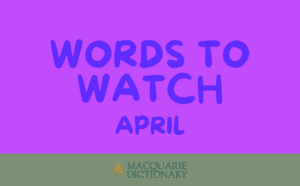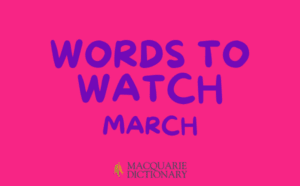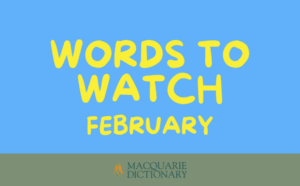The Gamilaraay (Kamilaroi) people are the Indigenous people of north-eastern NSW and south-western Queensland. They are one of the four largest Indigenous groups in Australia, whose lands traditionally encompassed over 75,000 km2.
If you live in NSW, you may have been to Gamilaraay lands – Lightning Ridge, Moree, Tamworth, Narrabri are all on traditional Gamilaraay land, as well as Nindigully in Queensland.
The Gamilaraay language includes a number of dialects, including Yuwalaraay. It is considered to be closely related to Ngiyampaa and Wiradjuri, both found further to the south.
Gamilaraay is pronounced ‘kamilaroi’, like some versions of the spelling. These spellings are considered interchangeable, with the people often referred to as Kamilaroi, but the language as Gamilaraay.
The word Gamilaraay itself has an interesting meaning. Like many of the languages in NSW, it is constructed from two parts – the local word for ‘no’ (gamil) and a suffix that means ‘having (-(b)araay), loosely translating as ‘no-having’. This indicates that the speakers of this language use the word ‘gamil’ to mean ‘no’. Yuwalaraay speakers use ‘waal’ for ‘no’, hence the ‘wal’ in their name. It is an interesting way to distinguish between different language and cultural groups.
The Gamilaraay language is an example of a revived and reconstructed Indigenous Australian language. In the 1950s the last fluent speakers died, and for many years the language was considered extinct. But thanks to the continuing efforts of Elders and communities, there are now language learning programs available to the public and resources for individuals and communities wanting to be part of the revitalisation.
Read more: Reviving Indigenous languages – not as easy as it seems (The Conversation)





